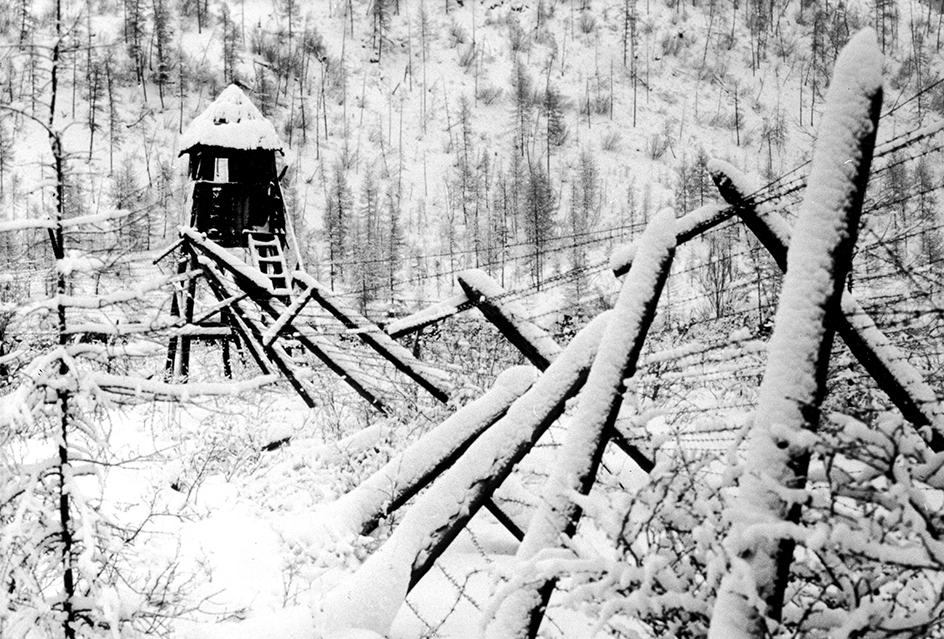NKVD was the secret police force of Communist Russia and the Soviet Union from 1934 to 1943. The name stands for the People’s Commissariat of Internal Affairs—Narodnyi komissariat vnutrennikh del in Russian. The earliest predecessor of the NKVD, known as the Cheka, formed in 1917 after the Communist Party seized power in Russia. In 1922, the Communist government joined Russia with three other territories to create the Soviet Union.
The Cheka, OGPU (State Political Directorate), and other secret forces reorganized and restructured several times until the new NKVD was formed in 1934. The NKVD brutally crushed opposition to the power of Soviet dictator Joseph Stalin. It conducted mass executions and imprisoned people without trial. The NKVD helped carry out Stalin’s purges. The purges were campaigns to eliminate anyone who might threaten Stalin’s power. The NKVD killed or imprisoned millions of Soviet citizens.
A military branch of the NKVD secured prisoners of war and operated the state’s Gulag system. The Gulags were concentration camps where prisoners were executed or forced to work under harsh conditions. The NKVD also protected official communications, state leaders, industrial facilities, and key government sites. The NKVD suppressed dissenters and deported people considered disloyal to the Soviet Union. During World War II (1939-1945), the NKVD maintained an armed force of more than 500,000 troops.

Reorganization in the 1940’s brought further changes until Soviet secret forces were combined to form the KGB (Committee for State Security) in 1954. After the fall of the Soviet Union in 1991, the activities of the KGB shifted to Russia’s FSB (Federal Security Service).
